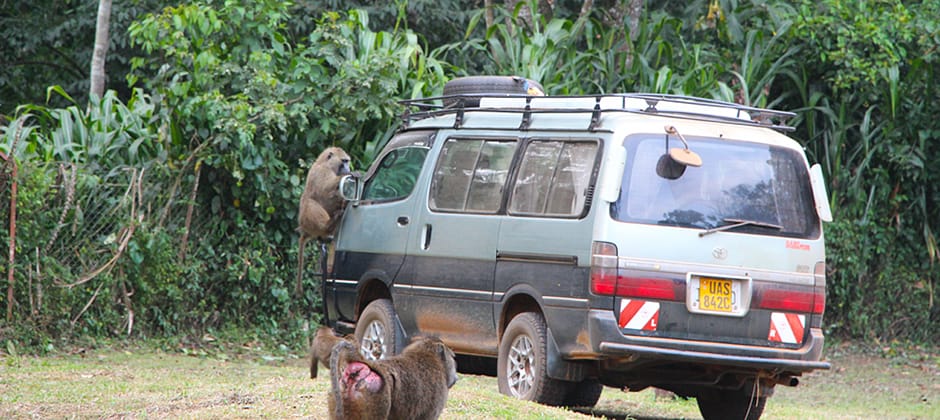Share this article
Fragmented forests lead to zoonotic disease spread
Forest destruction may put disease-carrying primates in more frequent contact with humans, according to new research. The study in Landscape Ecology shows that loss of healthy habitat may result in an increase in the transmission of zoonotic disease. Researchers working in Uganda combined land-use survey data with satellite imagery to determine how landscape patterns might make people more likely to come in contact with wildlife. They found primate-human contact was most likely to occur in small residual forest fragments. The researchers believe that these contacts may also increase the chance of zoonotic disease transmission. They suggest that small buffer zones around residual forest areas, such as reforestation projects or tree farms, could decrease human-wildlife contact, and, in turn, reduce disease transmission.
“At a time when COVID-19 is causing an unprecedented level of economic, social and health devastation, it is essential that we think critically about how human behaviors increase our interactions with disease-infected animals,” said lead author of the study Laura Bloomfield, an interdisciplinary graduate student in medicine and environment at Stanford University.
Header Image: A group of olive baboons (Papio Anubis) play on a vehicle used by Stanford researcher Laura Bloomfield during her survey collection in communities around the edge of Uganda’s Kibale National Park. ©Laura Bloomfield








